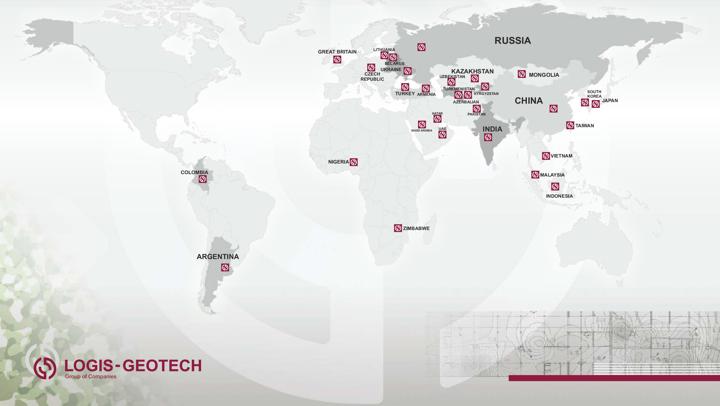Ground Penetrating Radar (GPR). Geophysical Equipment.
What is a ground-penetrating radar and what is its principle of operation?
To conduct a georadolocation study, a special device is used – a georadar, which is an electronic device. When using GPR, scientists have the opportunity to obtain a continuous section of the medium to be studied. The depth of the device reaches 20 meters, it is equipped with a flash memory, on which measurement data is recorded, which makes it possible to further carry out detailed data analysis using specialized software.
GEOTECH provides
gpr equipment: ground penetrating radar, seismographs, electrical exploration instruments, security detectors, search and rescue system.
The principle of operation of the device is completely based on radar, which follows from the name of the device: this is radiation and subsequent fixation of electromagnetic signals reflected from the studied surface. The source of the pulse is the ground-penetrating radar itself, and with the help of an emitter, or antenna, it is directed towards the studied surface. This surface can be any material: concrete, metal, soil, brick, etc. The studied environment may also be heterogeneous, which the device will also record. With the help of GPR, it is possible to explore various voids and inclusions in one material of another.
Georadiolocation is a non–destructive research method. Its use in many cases can significantly reduce the cost of research. For example, with the help of ground-penetrating radar, the search for underground cables is greatly simplified, especially given the fact that many enterprises have lost documentation related to pipelines and cable trays laid on their territory.
Most often, when conducting georadolocation studies, the block of GPR emitters moves along the surface of the studied medium. The emission of the pulse and its subsequent reception is carried out through a certain distance, which is called the "sounding step". The minimum step value is within a few millimeters.
After the antennas fix the reflected signal, it is sent to the information recording device, most often the receiver is a laptop, or any other information carrier. Data is written to a file. After computer processing of the data array, the diagnostic engineer receives a section of the medium. Another name for this section is the geo–radar profile.
The most common format of this profile is a radiogram, which is a series of depths of the reflected signal. Another name for a radiogram is a wave pattern.






 Similar Threads
Similar Threads